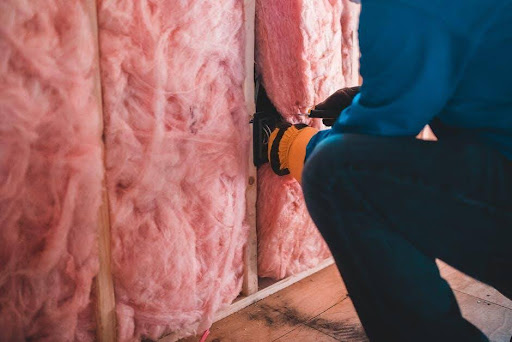Top 6 Mistakes to Avoid When Insulating Your Home

Are you sure that your home is insulated properly?
Many homeowners believe that adding more insulation is sufficient, yet minor mistakes can lead to significant problems. Ineffective insulation leads to increased energy bills, discomfort in rooms, and potential damage to your home.
This article will guide you in avoiding the most prevalent insulation mistakes that can cost you both money and comfort. If you’re planning to insulate your home, this guide will save you from future headaches. Let’s make your home smarter, not just warmer.
1. Using the Wrong Type of Insulation
There are many kinds of insulation, and each has a specific use. Some types work better in certain areas of the home. Picking the wrong type can lower the comfort and energy efficiency of your house.
For example, fiberglass batts are common for walls, but spray foam is better for sealing gaps. When planning to use spray foam, it helps to understand spray foam basics estimation to know how much material you might need.
Blown-in cellulose is often used in attic spaces. To get the best results, always match the insulation type to the area you are working on.
2. Ignoring Air Leaks
Insulation slows heat loss but does not stop drafts or air leaks. Gaps around windows, doors, and attic spaces allow air to flow in and out of the house. This forces your heating and cooling systems to work harder.
Before installing insulation, it is important to seal these leaks. Use caulk for small cracks and spray foam for larger gaps. Air sealing helps insulation perform better and saves energy.
3. Not Adding Enough Insulation
Insulation is rated by its R-value, which measures how well it resists heat flow. Using too little insulation lowers the R-value and reduces energy savings. This can lead to higher utility bills and a less comfortable home.
Check your local building codes for the correct R-values. Different parts of your home need different amounts of insulation. Always add enough material to meet these standards.
4. Poor Installation
Even high-quality insulation won’t be effective if poorly installed. Gaps, compression, or leaving spaces uncovered can lower its effectiveness. Careless work wastes time and money.
To mitigate this, ensure that the insulation fits securely in place. Do not press it down or leave areas exposed. Proper installation means even coverage without any gaps.
5. Blocking Ventilation
Ventilation is important to keep air moving through your home. When insulating, it is easy to accidentally block vents or airflow paths. This can trap moisture and create additional problems.
Use baffles to keep insulation away from soffit vents. This allows air to flow properly in attic spaces.
6. Forgetting About Moisture Control
Moisture can damage insulation and lead to mold growth. In damp areas, it is important to add a vapor barrier. This keeps water vapor from moving into walls and ceilings.
In cold climates, the vapor barrier should face the warm side of the room. This protects insulation from indoor moisture. Always take moisture control into account when insulating basements, crawl spaces, and bathrooms.
Stop the Waste and Stay in Control
A well-insulated home is not just about comfort; it is about intelligent living. Good insulation saves money, reduces energy use, and protects your home year-round. Proper insulation is an investment that continues to deliver returns.
Don’t let simple mistakes undo all your hard work. Gaining a little knowledge now can spare you significant trouble in the future.
Did this article teach you something new? If so, don’t forget to explore our blog for more informative content.




